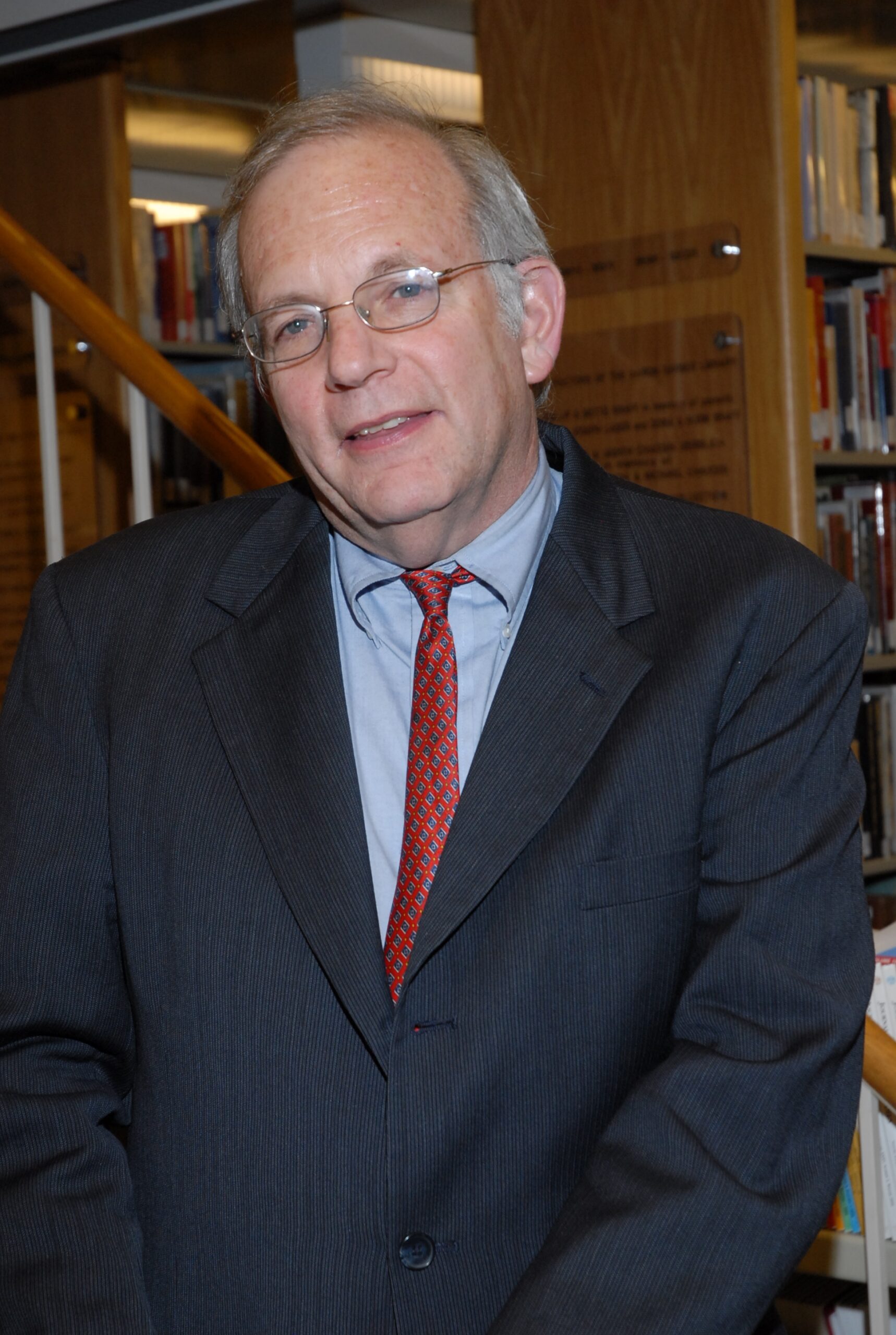Reprinted by permission of the Cleveland Jewish News.
This d’var Torah is one of a series influenced by the Me’am Loez Sephardic Torah commentary.
If we review briefly the last several parshiot of Exodus, we see an interesting pattern. We began with mythic moments of redemption from slavery and the revelation of the Torah in Bo, Beshalakh, and Yitro. Human beings cannot live without these moments, but living with them only is also impossible.
So in Mishpatim we are reanchored in the most concrete details of law and societal regulation. Now, in parashat Terumah, we add to grandeur and structure the holiness found in everyday life and the abiding presence of God for the Jewish people through the construction of the Divine dwelling place and sanctuary (mishkan). Together, these three elements provide a blueprint for a full Jewish life.
Transitions are also going on in the construction of the Me’am Loez commentary we have been using to glean insights for the weekly Torah portion. Rabbi Jacob Culi dies in 1730 in Constantinople in the middle of his commentary on Terumah. Rabbi Yitzhak Magriso finishes this commentary, as well as the remainder of Exodus and Leviticus several years later. A note inserted into Me’am Loez right after Culi’s last commentary reminds us that with the death of Rabbi Jacob Culi, the Latino-speaking Sephardic world lost its primary advocate and architect of Jewish continuity and renewal:
“When Yaakov (an allusion to Jacob the patriarch) began his work, many of the people had abandoned Judaism. He attracted them back.”
Halachic Clarification
Me’am Loez may provide some insight into the dynamic of such spiritual renewal by noting a subtle difference in the instructions given to Moshe for making the menorah, the tabernacle, and the sacrificial altar. Instructions for making the menorah and mishkan are given in the present tense, as if a reliable visual image given to Moshe at Sinai could serve as the design grid when the building actually began. Moshe, however, is given the instruction for designing the sacrificial altar in the past tense, “as you were shown on the mountain.”
Me’am Loez follows a stream of Jewish parshanut (commentary) that always assumes that these differences in detail are non-trivial, that they reflect the fullest revelation of God’s wisdom rather than an arbitrary revelation of His will. So he notes that the “change in language is not trivial and must be explained.”
Aggadic (Story) Enrichment
He continues that there are three types of spiritual work in this world, each progressively more difficult.
- One can be given an oral instruction and the work will be done.
- A more difficult kind of work requires a visual map; one must see it to believe it.
- The most difficult form of spiritual work, however, requires partnership and practice. One must not only hear of it and see it, but actually participate in its creation.
Commitment and Continuity
In contemporary parlance, the work of Jewish renewal requires accessible role models and active partnerships. Judaism has grown distant or peripheral to the lives of many Jews today as it had for the Jews in Rabbi Jacob Culi’s time. Drawing people closer — the work of inreach and outreach — is clearly in this third category of the hardest spiritual work for us today. Saying it and seeing it are not enough. “Doing” Jewishly together is the key.








